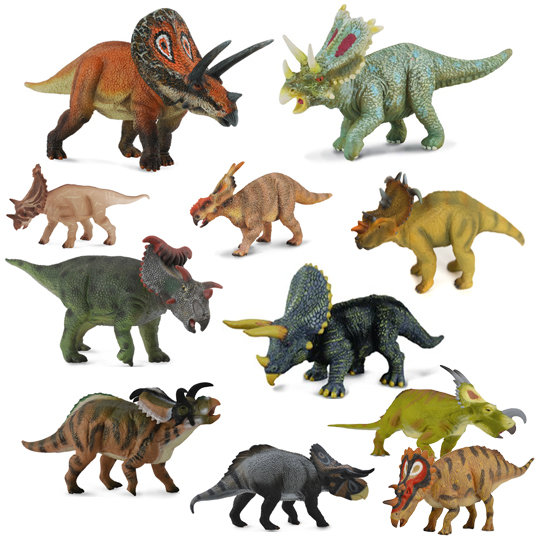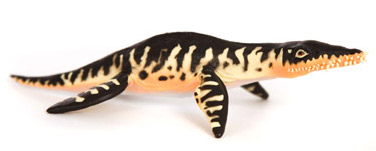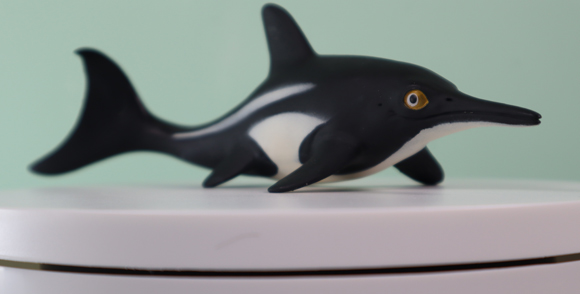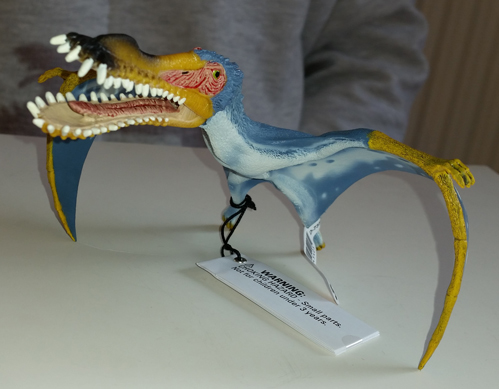Our Palaeontology Predictions for 2011 – Having a Bit of Fun
What’s on the Horizon for 2011?
With the year coming to a close, this is a time for looking back and reflecting on the news stories and events of the last twelve months. It is also an opportune moment to consider what news stories and articles we may be writing about in the year ahead.
Palaeontology Predictions
There is certainly a great deal going on in the field of Earth sciences at the moment. Parts of the world, not previously well explored, are being mapped with many new fossil sites discovered. In addition, lots of new research techniques are being applied to existing fossils and a substantial amount of new data is being collected.
Just for a bit of fun, we thought it would be a good idea if we had a go at predicting some of the news stories that may break in 2011.
So in no particular order, here are seven of our best guesses:
1). New Ceratopsian Genus to be Described
A number of new horned dinosaur genera have been described in the last year and we at Everything Dinosaur, expect this trend to continue. This year we have had Sinoceratops (China), the giant Coahuilaceratops from Mexico, plus a number of new ceratopsian genera from the western United States and Canada, Medusaceratops for example. We expect the trend for horned dinosaur discoveries to continue in 2011.
A Sinoceratops Scale Drawing
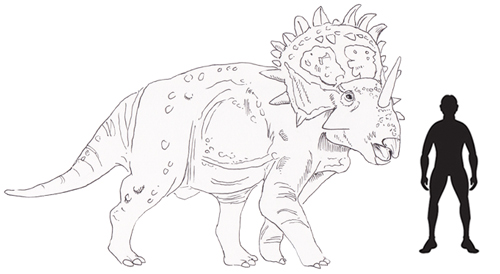
Sinoceratops scale drawing prepared for the Everything Dinosaur fact sheet. Picture credit: Everything Dinosaur.
Picture credit: Everything Dinosaur
2). Fresh Insight into Neanderthals
With the current work on the human genome and the extensive scientific study of hominid fossils we would expect to hear more about our closest hominid relatives on the human family tree. Further insights into Neanderthal culture and behaviour, evidence perhaps of cross-breeding plus more data on Homo heidelbergensis. We base this assumption on the fact that improved stability in countries like Iraq will permit the further exploration of a number of important hominid fossil sites.
3). Further Marine Reptile Discoveries from the Jurassic Coast
We would expect to report on further marine reptile finds from Dorset’s Jurassic coast over the next twelve months. We suspect that this World Heritage status stretch of coastline (UNESCO) will yield further fossils of marine reptiles – ichthyosaurs and plesiosaurs almost certainly, and perhaps one or two significant pliosaur fossils.
4). A New Trilobite Hunt for Everything Dinosaur
We predict that 2011 will give team members at Everything Dinosaur the chance to add to their collection of British trilobite fossils. We intend to organise a number of trilobite fossil hunting trips, this time in Wales as well as in the midlands of England.
5). Everything Dinosaur Web Log to Reach 150,000 page views in a Month
The Everything Dinosaur web log or blog, first published online in May 2007, is going to be four years old next year. Something like 1500 articles on prehistoric animal discoveries, palaeontologists and all things dinosaur would have been written by the time the fourth anniversary comes around. Readership has grown steadily since the blog’s inception. We try to inform, write in an appropriate style and to educate. As a result of our continuing efforts we could break the 150,000 page views per month threshold sometime in the next few months. Quite an achievement for these “dino buffs”. We continue to commit a lot of our time to researching and writing articles, our intention is to try to add to the web log every day.
6). Fossil Thefts to Continue
The theft of fossils from dig sites, we predict, will continue and indeed the black market for fossils and other rare artefacts will continue to grow. Many newly discovered fossil locations and dig sites will be raided by trophy hunters and amateur fossil collectors. A lot of the items will find their way into the hands of private collectors, either through under the counter sales or via auction sites. These items will not be available for study by scientists and so their value to the scientific community is likely to be lost forever. The removal of such objects from fossil sites, also denies palaeontologists the opportunity to study specimens “in situ”, thus valuable data about context, the environment and the fossilisation process may be lost.
7). New Dinosaur Genus from the Korean Peninsula to be Announced
As relatively unexplored parts of the world are opened up, we can expect a lot of new dinosaur and prehistoric animal discoveries in 2011. Expect a number of new finds from China, Spain, Portugal, Canada and the United States. New dinosaurs from South America will also be announced next year, but we will predict that some of the more out of the way places will provide some exciting, new dinosaur discoveries over the next twelve months. We predict that at least one new type of dinosaur from the Korean peninsula will be announced.
So just for a bit of fun, a quick list of some of the things we expect to be writing about in 2011. One of the first things we must do in January is to review our list of predictions that we made in 2010, to see how well (or not so well) we did.
Visit Everything Dinosaur’s website: Everything Dinosaur.


